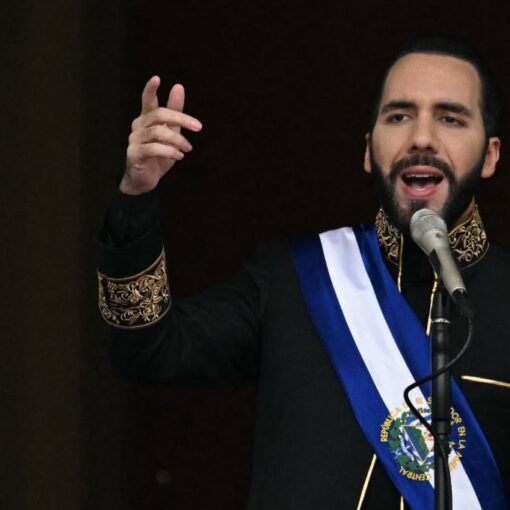Q COSTARICA — Costa Rica has been a key drug transit point for over 30 years because of its location, so it’s no surprise that the U.S. government included the country on its list of nations facing this issue, said Mario Zamora, the Minister of Security.
Zamora responded to reactions following the release of the official White House list, signed by President Donald Trump, which names 20 countries identified as major transit routes or significant producers of illegal drugs for fiscal year 2026.
He clarified, “It’s misleading to say Costa Rica was newly added to the list of drug transit countries for the U.S. The entire Central American region has held this status for more than three decades. That’s the cost of being stuck between drug-producing and drug-consuming nations.”
The minister pointed out Central America’s strategic location makes it an unavoidable corridor for illegal shipments moving from South America toward North America.
“Drugs aren’t typically routed through Europe or Asia; they move through the Central American isthmus by air, sea, and land. This geographic reality drives the flow of drugs through the region,” he explained.
Zamora emphasized that this listing isn’t a new development but rather a confirmation of a long-standing issue that affects the whole region.
The list also includes Afghanistan, The Bahamas, Belize, Bolivia, Burma, the People’s Republic of China (PRC), Colombia, Costa Rica, the Dominican Republic, Ecuador, El Salvador, Guatemala, Haiti, Honduras, India, Jamaica, Laos, Mexico, Nicaragua, Pakistan, Panama, Peru, and Venezuela.
The report highlights the need for better border security, stronger international cooperation, and improved information sharing to fight drug trafficking together.
Source link
Rico



